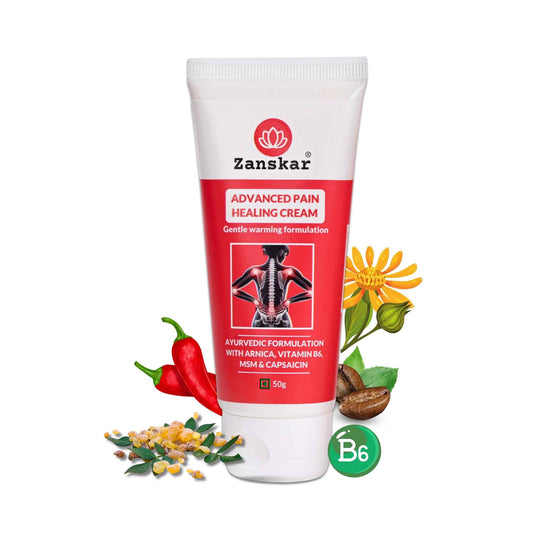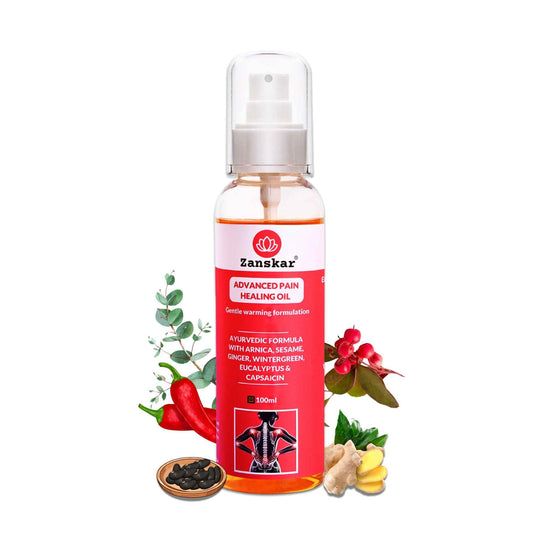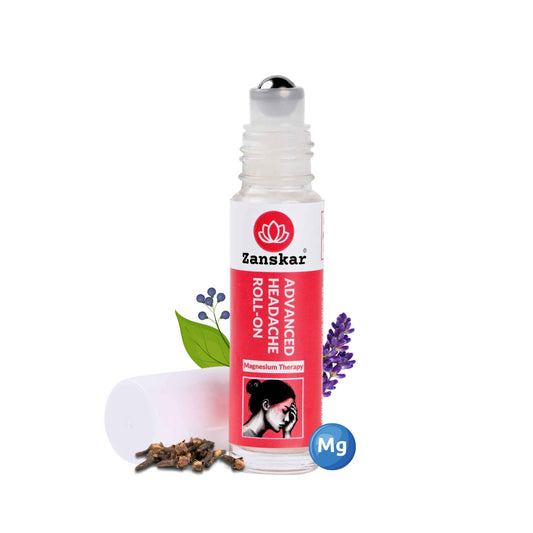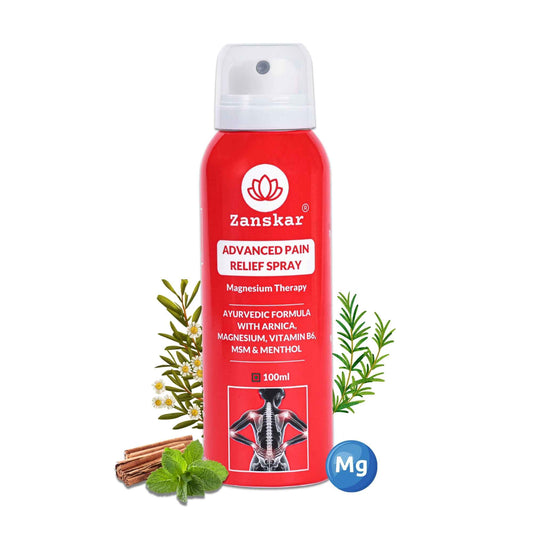
Best Exercises for Sore Hips When Sitting
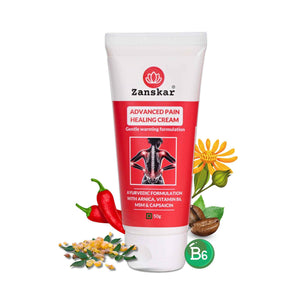
Whether you’re in school, work at a desk, or find yourself driving kids around to a thousand different activities, everyone has to sit for some period of their day. While this can’t always be avoided, it can cause your hip joints or the surrounding muscles to hurt, especially if you’re seated in the same position for an extended period. “Anytime your hips have to hold the same position for a long time, they can get fatigued or tense, which can result in some irritation and limited range of motion,” says our head consultant of physical therapy at Zanskar Health.
Hip pain when sitting can feel like a dull ache on one or both sides, or you might notice your hips feel a bit stiff when you get up. In some cases, the pain can radiate into the groin, says our expert.
As common as hip pain when sitting is, it can often be managed relatively easily with a few tweaks to your routine. Here, learn more about what can cause hip pain when sitting, along with how to prevent and treat it — especially with exercises recommended by Zanskar Health physical therapists.
Why Does My Hip Hurt When I Sit?
Your hips have an important job of supporting your body and helping you move your legs. Sitting in the same position for too long can trigger tension on your hip joints and the surrounding muscles and connective tissues, says our expert. There are many different factors that can contribute to hip pain, especially when sitting.
It’s worth noting that each of these factors can be addressed with gentle movement, as well as stretching and strengthening exercises
• Sitting position: Ever been told to sit up straight? The truth is there’s no right or wrong sitting posture when thinking about joint and muscle health. But sitting in the same position for long periods of time — whether you’re crossing your legs, sitting on the ground, or in an armchair — can put some extra stress on the hip joints and the surrounding tissues, explains our expert. While this isn’t inherently bad, it can translate to pain for some people.
• OA: Everyone’s body changes with age. Some people develop wrinkles on their skin and others experience changes to their cartilage — the shock-absorbing material that surrounds your joint. Many people experience cartilage-related changes and have absolutely no symptoms. For others, being in a tightened position (like sitting) can cause additional irritation and contribute to joint pain symptoms such as pain, stiffness, or swelling. Movement can help lubricate the joints and prevent pain, says our expert.
• Tendinitis: This condition happens when your tendons, which connect muscle to bone, become irritated due to repetitive motions or acute injury. As with OA, our expert notes muscle movement can help reduce inflammation, preventing stiffness and irritation in the area.
• Bursitis: Bursa are small, fluid-filled sacs that act as cushions between your bones and soft tissues. Bursitis happens when the bursa become irritated and swollen, potentially contributing to additional hip pain when sitting.
• Sitting on uneven surfaces: Sitting on any surface that causes your pelvis to elevate on one side can increase tension in the hips and exacerbate hip pain when sitting for some people. This isn’t to say that you have to sit on perfectly flat and even surfaces to prevent all hip pain, but it may help to be aware of this potential contributor if you are experiencing a hip pain flare at the moment. In general, sitting on a surface that keeps your knees, hips, and pelvis relatively level can help manage hip pain when sitting, says our expert.
How to Manage Hip Pain when Sitting
If you sit a lot for your job, don’t stress about finding the perfect ergonomic setup or maintaining the right posture. Sitting in and of itself doesn’t usually cause hip pain. Rather, sitting in the same position for too long is what often puts stress on your hip joints and connective tissue, which may result in pain.
Other ways to help minimize pain from sitting include:
• Take frequent breaks. Preventing or managing hip pain when sitting could be as simple as getting up to move every so often. “I typically tell my patients to set an alarm or timer for every 45 minutes,” says our expert, but do whatever you can manage with your schedule. If you have time, you can go for a walk or do a few stretches that feel good to you, but even just standing up for a bit can be tremendously helpful for hip pain.
• Stay hydrated. Hydration plays an important role in your overall health, including the health of your joints. “We all have fluid in our joints that helps keep them lubricated and full of nutrients, and staying hydrated throughout the day can help with that,” says our expert. An added bonus: The more water you drink, the more you’ll have to stand up to refill your glass and, most likely, take bathroom breaks. Those little things may not seem like much, but they can make a big difference when it comes to hip pain.
• Change up your sitting posture. This one bears repeating: There is no “perfect” sitting position. What’s most important is to switch up your sitting posture to avoid putting too much strain on your hips. Try to find a few comfortable positions that feel good for you and change up how you’re sitting throughout the day.
Additional Treatments for Hip Pain when Sitting
If the above tweaks aren’t cutting it, hip pain that flares while sitting can often be helped with conservative treatments, such as:
• Pain relief creams: Creams and gels applied to the hip area may help manage hip pain when sitting. Some creams and gels work by numbing your muscles and decreasing the pain sensation, while others temporarily reduce inflammation in the painful area.
• Ice or heat therapy: Cold therapy can help soothe inflammation in your hip area, especially if the pain is the result of an acute injury, such as tendinitis. If you have OA or another chronic condition, heat can help promote relaxation. “I usually tell people to apply cold or heat for 10 or 15 minutes, as they tend to lose their therapeutic benefit after that,” says our expert. It may help to play around with which option — ice or heat — feels better for you. More often than not, you’ll intuitively know which feels right for you.
• Physical therapy: Regular movement can help keep your joints lubricated, along with strengthening the surrounding muscles to reduce strain on your hips. “If you are having hip pain when sitting, a physical therapist can help assess the issue and provide meaningful exercises to help you feel and function better,” says our expert. You can see a physical therapist in person or use a program like Zanskar Health to access a PT via telehealth/video visit.
PT-Recommended Hip Stretches
• Hip Flexor Stretch: When you sit, your hip flexors — the muscles in front of your hips — are put in a shortened position, which can lead to tension over time. By stretching those out, we can lengthen the tendon and muscle, decrease stiffness, and improve your tolerance to sitting.

• Glute Stretch: While the hip flexor stretch focuses on the muscles in front of your hips, this stretch works the muscles in back, which can become tight and tense with sitting. The glute stretch also opens up your hips, preventing tension that can result from a prolonged, seated position.

• Bridges: Your glutes, the muscles that surround your hips in the front and back, are important for the stability of your hips and back, plus your entire lower body. When we sit, those glute muscles can be in an overly relaxed position, so your joints may not get as much support. Strengthening the glute muscles helps keep them active so they can provide support even when you’re sitting.

Whenever you take a break from sitting to stand or move around is an excellent opportunity to incorporate some therapeutic stretches and exercises to help alleviate and prevent hip pain. The given exercises recommended by Zanskar Health physical therapists are a great place to start if you’re experiencing hip pain when sitting.
PT Tip: Set a Hydration Goal
Want to motivate yourself to get up throughout the day to prevent hip pain from sitting? Keep a bottle of water at your desk. “That way, you’ll keep yourself and your joints hydrated, and you’ll need to get up regularly to use the bathroom or refill your glass,” says our expert. To hold yourself accountable to your goal, you can try the rubber band trick. If your goal is to drink four bottles of water each day, wrap four rubber bands around the top half of the water bottle. Each time you finish a bottle, move the rubber band to the bottom to help you stay on track.
Learn More About Zanskar Health
If you have joint or muscle pain that makes it hard to move, Zanskar offers the most advanced full stack pain relief solutions for you.
Now available to purchase, Zanskar® Advanced Pain Healing Cream has a unique formulation of natural ingredients like Arnica, Vitamin B6, MSM and Capsaicin, which is trusted by over 20L+ pain sufferers globally. It provides lasting relief from muscle and joint discomfort that you can feel good about. Get your fix before stocks run out - buy now.
You can also gain access to therapeutic exercises and stretches for your condition by downloading the Zanskar Health physiotherapy mobile app. Additionally, you’ll have a personal care team to guide, support, and tailor our program to you, including behavioral and nutritional coaching.
Download our mobile app here 👉 download and track your exercise streak.
Medical Review: This article is written by Dr Nishtha Mittal (Senior Health Content Editor at Zanskar Health) and has been medically reviewed by Dr Rashi Goel (Senior Physiotherapist at Zanskar Health). This article and its contents are provided for educational and informational purposes only and do not constitute medical advice or professional services specific to you or your medical condition.




